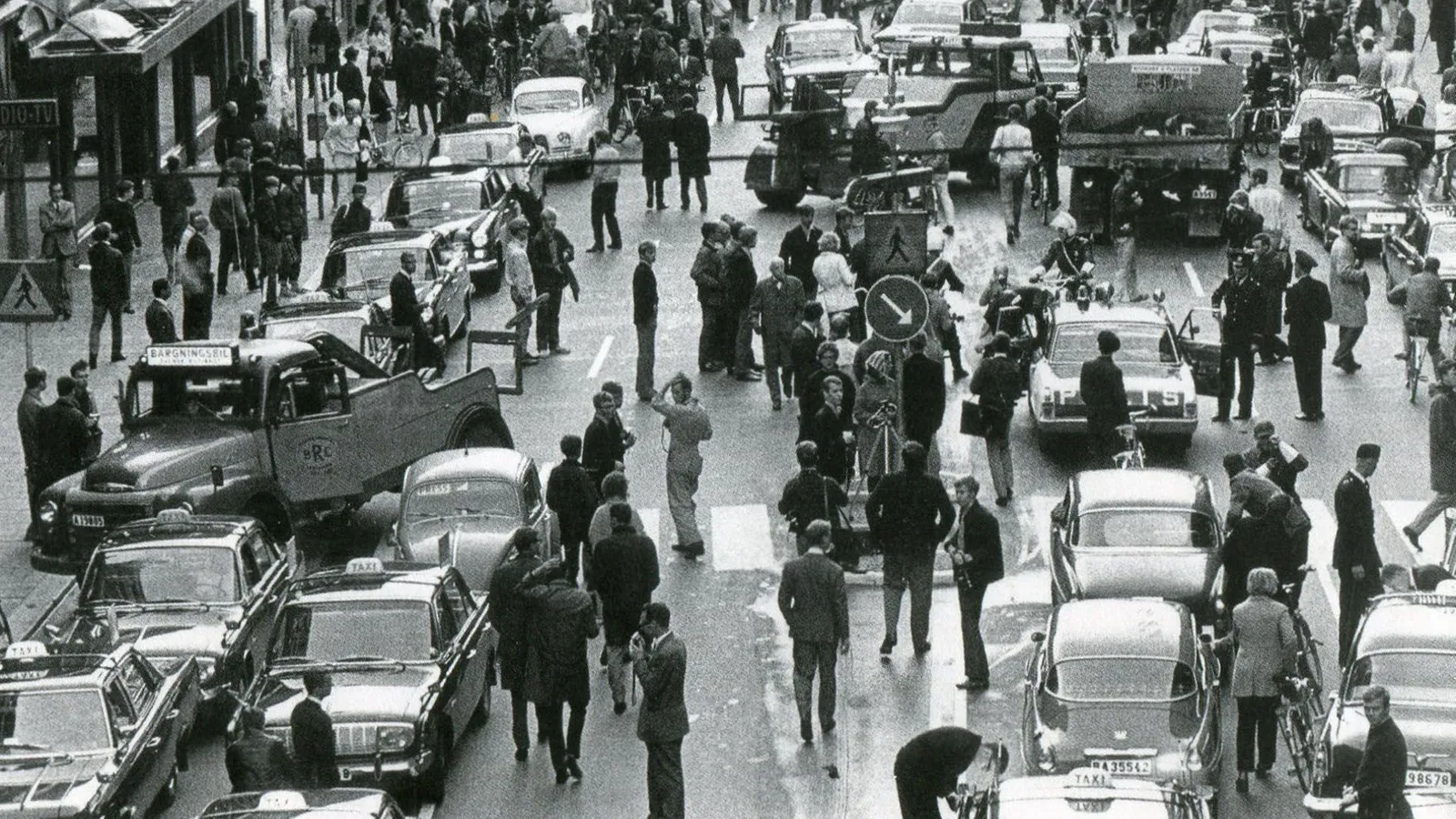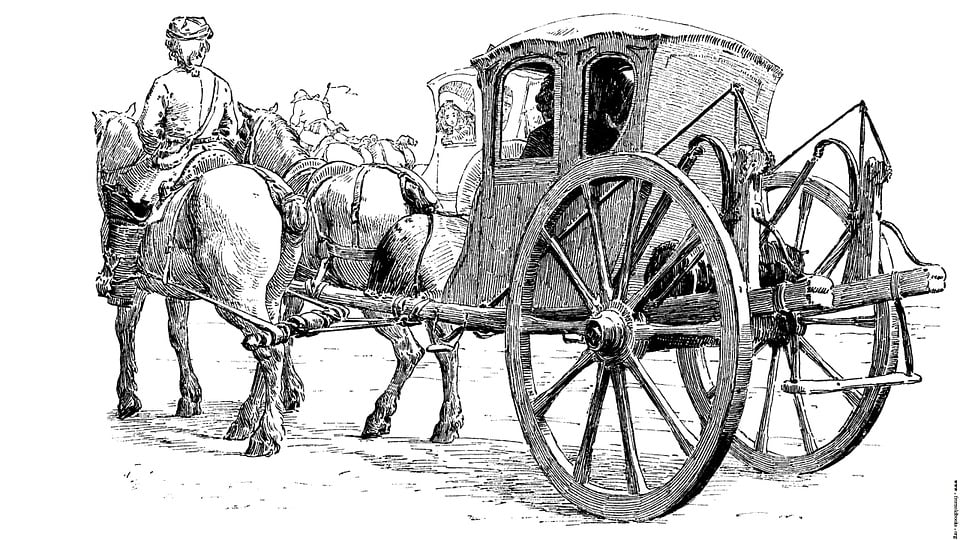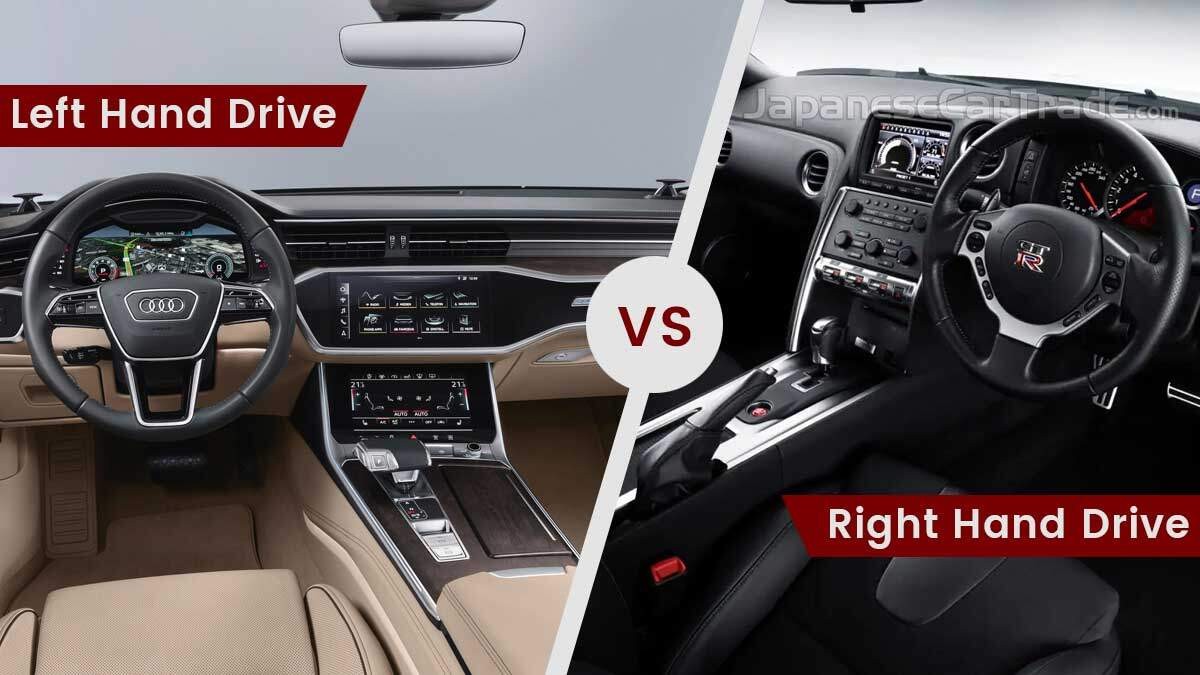Ever wonder why some countries drive on the left, and some on the right? It’s not all 100% certain, but there is still a pretty good theory.
Malaysia and its southern neighbour, Singapore, share the practice of left-side driving. The historical basis for this phenomenon is quite straightforward, of course: both nations were once under British rule, resulting in the adoption of the UK’s customs and traditions. This historical echo also explains why places like Hong Kong, once under British rule, have retained left-side driving even though Mainland China drives on the right.

But why did the British, in particular, embrace left-side driving in the first place? In a world where the majority of nations have adopted right-hand traffic (RHT), including the United States, Canada, Russia, China, much of Europe, and virtually all of Africa, the United Kingdom stands out with its left-hand traffic (LHT) rule. In one especially wild case, the country of Sweden changed its entire system overnight, going from LHT to RHT on September 3, 1967. You can imagine the surge of chaos!

Driving on the left, however, has a long and storied past. In fact, this tradition reaches back into the annals of British history, possibly even back to the time of the ancient Romans.
ROMAN CUSTOMS
The Romans, renowned for their meticulous organization, could be credited with this left-side preference. In a time before cars and paved roads, horseback travelers faced the constant threat of attack. With the majority of Romans being right-handed, riding on the left side of the road allowed them to keep their dominant hand free to draw a sword against unexpected threats. This practice was sustained through the ages, passed down from the Romans to subsequent civilizations.

In contrast, countries like Canada and the United States saw the widespread use of large wagons drawn by multiple horses for transporting goods. These drivers would perch on the left side and control their steeds with their right hand. This arrangement improved visibility of oncoming traffic and prevented inadvertently striking pedestrians with their whip. It’s this history that underpins their adoption of right-hand driving.

BRITAIN MAKES IT OFFICIAL
The British eventually legislated left-side driving in the 18th century, inspired by safety concerns on increasingly congested roads. Even as cars later replaced horse-drawn carriages, the tradition held. The 1883 Highway Act officially enshrined these rules into law, although swords were no longer a common accessory!
One of the complexities of such driving rules lies in the positioning of the driver. British cars are designed with the driver’s seat on the right, allowing drivers to better navigate left-side roads. Conversely, right-hand driving nations position the driver’s seat on the left, suiting their right-hand driving context.
Remaining faithful to its island identity, Britain had no compelling reason to change its driving tradition. Unlike countries with neighbouring right-hand driving nations, such as Canada and the United States, Britain’s isolation allowed it to maintain its left-hand driving system. This scenario is also mirrored in other left-hand driving island nations like Australia, Japan, and Malta.

IS ONE BETTER THAN THE OTHER?
A prevailing consensus seems to suggest that if you look at the data, driving on the right is a safer, better way to go.
Indeed, the debate over whether right-side or left-side driving is safer or superior has been a subject of discussion for years. However, experts generally agree that most probably, neither system is inherently safer or superior; rather, the effectiveness of a driving system depends on factors such as local traffic conditions, driver behavior, infrastructure, and cultural norms.

Countries with right-hand traffic (RHT) systems argue that driving on the right side of the road aligns with the majority of road users worldwide. This commonality can simplify international travel and trade, making it more straightforward for drivers to cross borders and adapt to different traffic rules while not having to simultaneously sort out driving on the opposite side, as well.
It has also been said that since most drivers are right-handed, RHT systems are better, as the dominant right hand remains controlled on the steering wheel while the non-dominant left hand can manipulate gears. (This seems less of a factor in cars with automatic transmissions, which is the vast majority of them now. Plus, aren’t we taught to keep both hands on the wheel?)
On the other hand – no pun intended – countries with left-hand traffic (LHT) systems emphasise the historical and cultural factors that have led them to maintain their traditional driving side.
Countries with RHT actually do have notably lower crash statistics compared to LHT countries, but an argument can also be made that these figures are influenced by numerous factors, including driving behavior, road infrastructure, enforcement of traffic laws, and vehicle safety standards. Ultimately, the safety of a driving system depends on how well it is implemented and adhered to within a specific country.

It’s accurate, then, to say that the debate between right-side and left-side driving being safer or superior is nuanced. What’s essential is a well-designed road system, rigorous traffic enforcement, and comprehensive driver education, regardless of the driving side chosen. Both systems have proven to function effectively when managed appropriately within their respective contexts.
All that said, in a world where most countries have embraced driving on the right, the UK’s left-side driving stands not just as an oddity, but as a unique historical testament, bridging the gap between the customs of ancient times and the complexities of modern road systems.
"ExpatGo welcomes and encourages comments, input, and divergent opinions. However, we kindly request that you use suitable language in your comments, and refrain from any sort of personal attack, hate speech, or disparaging rhetoric. Comments not in line with this are subject to removal from the site. "





















